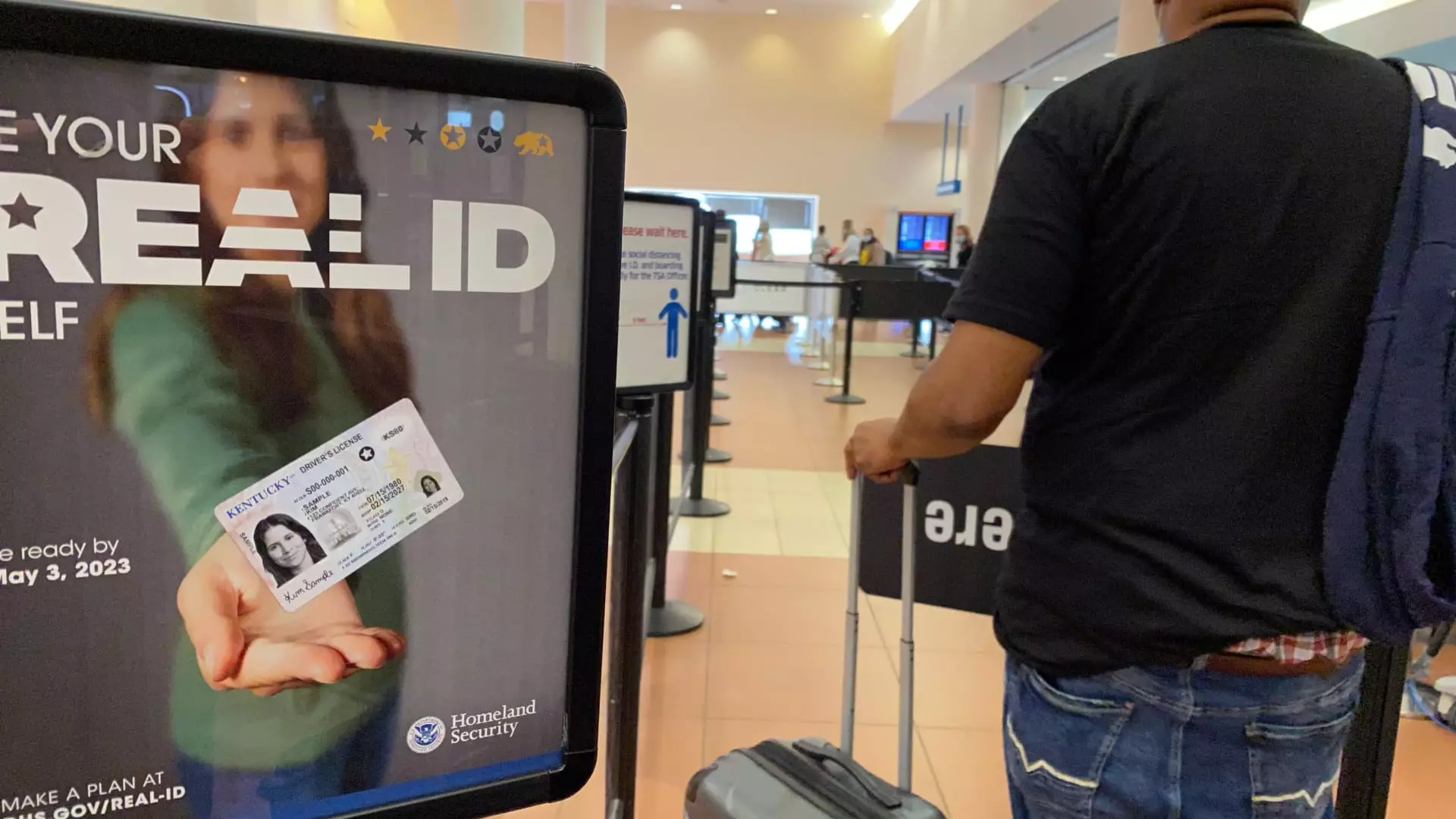As the May 7 deadline looms ominously over the heads of American travelers, the enforcement of the Real ID Act evokes a sense of urgency—one that many find to be more of a headache than a blessing. With the federal government insisting on stricter identification checks at U.S. airports, it raises serious concerns about convenience, accessibility, and, dare I say, governmental overreach. For travelers who had long been accustomed to straightforward domestic air travel, this new reality feels less like a necessary precaution and more like an inconvenient burden designed to complicate lives rather than simplify them.
The Reality of Identification: Is It Necessity or Nuisance?
The push for Real ID compliance is framed as a national security measure—an attempt to prevent the kind of terrorist activities that plagued the United States in the aftermath of 9/11. But can we truly equate the need for a stamped “gold star” on our licenses with an actual increase in national safety? The answer is murky at best. While the Transportation Security Administration (TSA) claims that 81% of travelers are already compliant, this statistic belies the reality for many who may not live in states that have prioritized Real ID issuance.
Not everyone can navigate the bureaucratic maze necessary to obtain this compliant identification in time, and the call for appointments at overworked motor vehicle departments has made the process a daunting obstacle. With availability decreasing, it begs the question: Are we prioritizing safety, or simply creating new hurdles for citizens?
Governmental Overreach: When Does Security Become an Invasion?
There is an undeniable trend of intrusive governmental measures aimed at securing our safety, but this raises ethical questions surrounding personal liberties. The bewildering array of requirements—state licenses accompanied by a federal-issued Real ID or a passport—feels like an infringement on civil rights. While one can argue that safety must come first, the means to that end can often feel oppressive, especially in a society that values personal freedom.
Furthermore, the continual postponement of deadlines creates a culture of uncertainty. It’s reminiscent of a game of musical chairs where the music could cut off at any moment, leaving many travelers scrambling to figure out how to comply. Is this really the best way to ensure the safety of our citizens, or merely a bureaucratic nightmare that effectively frustrates the very people it aims to protect?
The Reality of Non-Compliance: Expect Delays and More Hassles
Travelers beware: if you fail to secure a Real ID by May 7, you may find yourself relegated to an extra layer of security checks, sitting uncomfortably as you endure the scrutiny of airport security. The idea of subjecting passengers to additional screening simply because they haven’t navigated the unnecessarily convoluted process of obtaining a Real ID feels not only punitive but laughably bureaucratic.
Imagine arriving at the airport, standing in long lines, and then realizing you might be denied entry to your flight simply because your identification didn’t check the right governmental boxes. The TSA’s recommendation to arrive three hours early if lacking proper identification feels extreme and unreasonable, creating an atmosphere of anxiety rather than assurance.
A Future of Frustrations: What Lies Ahead?
As the deadline approaches, the Real ID enforcement seems less like a proactive safety measure and more like an ephemeral fix to an expansive problem within our national security framework. With citizens already dealing with the aftermath of the pandemic, economic shortages, and rising costs of living, adding another layer of bureaucratic headache seems not only inconsiderate but also an ideal recipe for widespread frustration.
Though the intention behind tightened identification standards might be noble, its execution feels misguided. It risks alienating segments of the population—particularly those who may lack the resources or time to comply fully—under the guise of safety. As we roll forward into a new era of air travel regulations, one can’t help but wonder if we’ve traded traveling convenience for a bureaucratic labyrinth, ultimately leading to a more fragmented society.


Leave a Reply